The Powerful List of Dairy Ingredients
Beneficial "Bios"
Nature’s Complete Proteins
Fuel & Fiber With Carbs
Functional Fats
The Powerful List of Dairy Ingredients
Whey Protein, Milkfat & Bioactive
Whey Protein Phospholipid Concentrate
Product Definition
Whey Protein Phospholipid Concentrate (WPPC)Product resulting from microfiltration of whey to produce whey protein isolate (WPI) or low fat whey protein concentrate (WPC). WPPC contains whey proteins in addition to whey phospholipids. More is a co-product obtained through the microfiltration of wheyLiquid obtained from cheese manufacture. More, which concentrates wheyLiquid obtained from cheese manufacture. More proteins and wheyLiquid obtained from cheese manufacture. More phospholipids. WPPCWhey protein phospholipid concentrate More composition varies in the marketplace, with protein, fat and lactose ranging from 50-69%, 12-38%, 6-12%, respectively. WPPCWhey protein phospholipid concentrate More is sometimes marketed as whey creamSmall fat globules that were not trapped within the cheese matrix and go with the whey when it is drained from the curd. More or procream.
Whey ProteinProtein in milk that remains in water phase after casein precipitates. More Phospholipid Concentrate complies with all provisions of the U.S. Federal Food, Drug, and Cosmetic Act.

Composition

Infant Formula Grade Composition

Product Labeling
Recommended identifications: Whey Protein Phospholipid Concentrate
Alternative identifications: High Fat Whey ProteinProtein in milk that remains in water phase after casein precipitates. More Concentrate
Protein Quality
Protein Digestibility Corrected Amino Acid Score (PDCAAS)..likely 1.00*
Digestible Indispensable Amino Acid Score (DIAAS)...........likely 1.1-1.18*
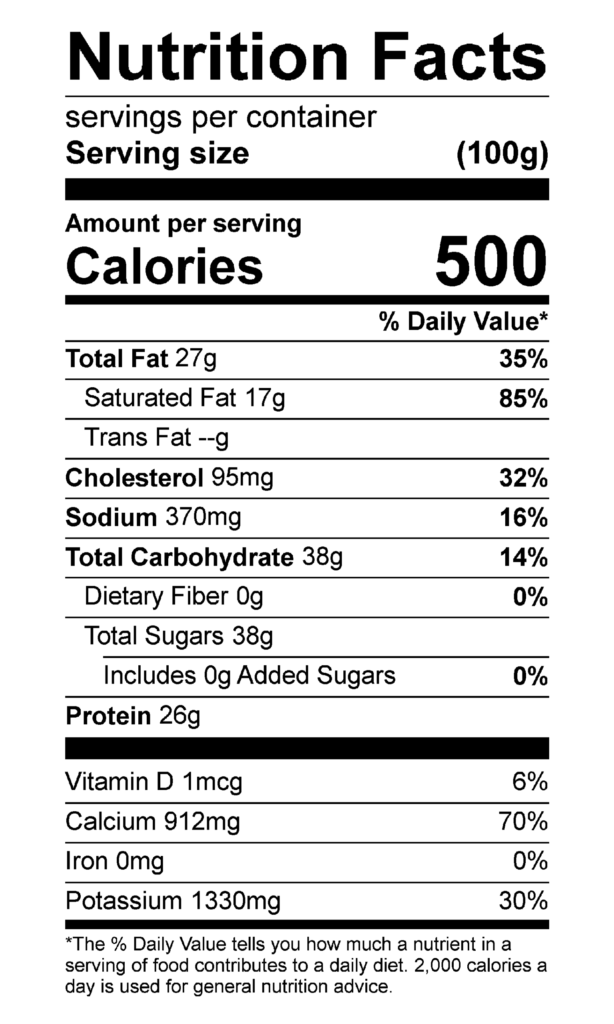
Functionality and Applications
HIgh Performance:
Emulsification
Gelation
Medium Performance:
Viscosity
Heat Stability
Acid Stability
WPPC provides exceptional nutritional value and functionality for a wide variety of applications which include: ice cream, frozen yogurt, beverages, salad dressings, process cheese, protein bars, and others.
Permeate from the microfiltration of cheese wheyLiquid obtained from cheese manufacture. More has high levels of native wheyLiquid obtained from cheese manufacture. More proteins, which are further concentrated using ultrafiltration, then spray dried to produce whey proteinProtein in milk that remains in water phase after casein precipitates. More isolate powder. The retentate from this process contains most of the residual lipids and phospholipids and some denatured protein aggregates. The product, whey protein phospholipid concentrate (WPPC)Product resulting from microfiltration of whey to produce whey protein isolate (WPI) or low fat whey protein concentrate (WPC). WPPC contains whey proteins in addition to whey phospholipids. More contains approximately 5% phospholipids (bioactive polar lipids), which can be further recovered and enriched with additional concentration and drying (1).
The polar lipids in WPPCWhey protein phospholipid concentrate More include approximately 5% phosphatidlyinositol (PIIsoelectric point More), 40% phosphatidlyethanolamine (PE), 12% phosphatidlyserine (PS), 26% phosphatidlycholine (PC), and 17% Sphingomyelin (SM) (2); these are different proportions than what is found in plants.
Polar lipids are valuable nutraceutical compounds because they benefit infant development (including organ growth, cellular replication and neurobehavioral development) and adult health (including contributing to gut health, benefitting the immune system, and significantly reducing lipid cardiovascular markers with reducing cholesterol absorption) (2, 3).
Product Examples
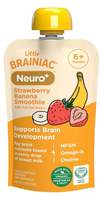
Little Brainiac Smoothies
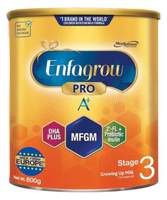
Enfagrow Pro A Plus Stage 3 Growing Up Milk for Toddlers 1-3 years old
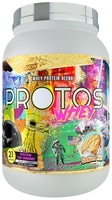
Protos Whey Protein Blend
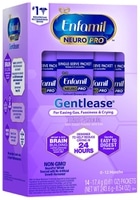
Enfamil Enspire Milk-Based Formula Powder
References:
(1) Swaminathan, A V, M S Molitor, KPotassium More J Burrington, D Otter, J A Lucey. Partial enrichment of phospholipids by enzymatic hydrolysis and membrane filtration of whey proteinProtein in milk that remains in water phase after casein precipitates. More phospholipid concentrate. JDS Communications. 4: 175-180.
(2) Ferraris, Q and M CCarbon More Qian. Direct ethanolic extraction of polar lipids and fractional crystallization from whey proteinProtein in milk that remains in water phase after casein precipitates. More phospholipid concentrate. JDS Communications. 2: 177-181.
(3) Ozturk, G, NNitrogen More Liang, M Bhattacharya, R CCarbon More Robinson, S Shankar, Y-P Huang, B Paviani, A Y Taha, D Barile. Glycoproteomic and lipidomic characterization of industrially produced whey proteinProtein in milk that remains in water phase after casein precipitates. More phospholipid concentrate with emphasis on antimicrobial xanthine oxidase, oxylipins and small milk fat globules. Dairy. 3(2): 277-302.
